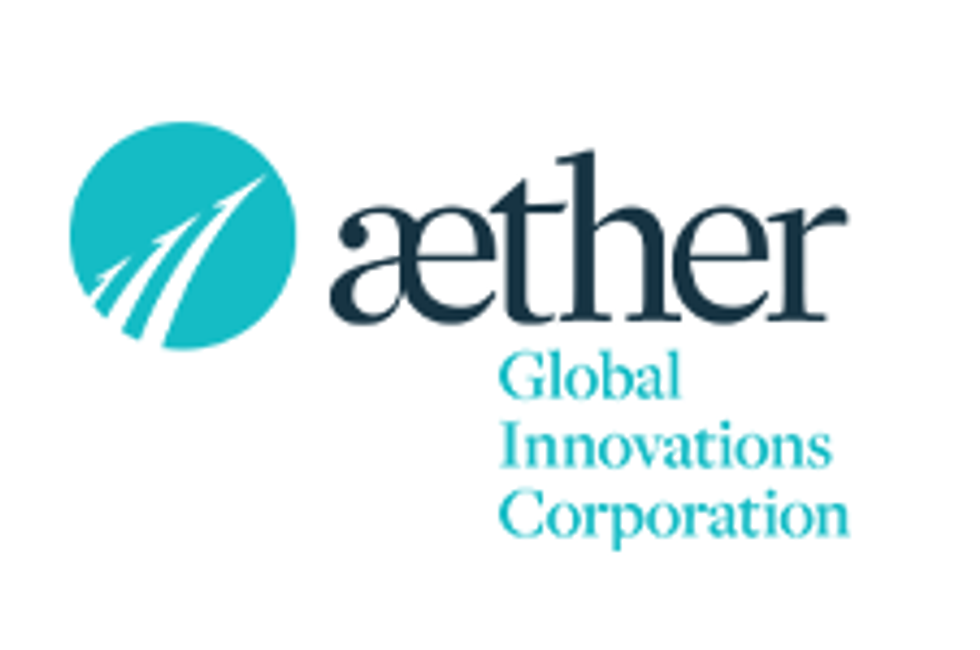Radware Announces Multi-Million Dollar Deal
Radware (NASDAQ:RDWR) announced a multi-million dollar deal with a global financial information technology provider based in North America. The company engaged in cyber security and application delivery solutions said that the deal is for both software and hardware components. As quoted in the press release: This transaction will practically double Radware’s Annual Recurring Revenue (ARR) …
Radware (NASDAQ:RDWR) announced a multi-million dollar deal with a global financial information technology provider based in North America.
The company engaged in cyber security and application delivery solutions said that the deal is for both software and hardware components.
As quoted in the press release:
This transaction will practically double Radware’s Annual Recurring Revenue (ARR) from this customer. It includes Radware’s new Global Elastic License (GEL) subscription in combination with Radware Attack Mitigation, and Application Delivery Appliances.
The customer is upgrading its attack mitigation and application delivery and application security capabilities to protect its global infrastructure and increase the efficiency with which it processes a high volume of transactions each day. With this upgrade, Radware provides the customer with an unlimited number of application delivery controller (ADC) instances, and web application firewall instances with real time flexibility to provision, scale and decommission instances all within a total global capacity.
This customer returned to Radware when it planned to upgrade its systems based on a longstanding history of demonstrated value. Radware’s GEL was a key factor in this competitive win. GEL enables high levels of flexibility for ADC services across datacenters, private cloud and public clouds such as Amazon Web Services, Microsoft Azure, IBM Softlayer and Google Cloud. Through dynamic ADC capacity allocation, this customer will have the ability to move capacity across environments, allowing the use of capacity when and where it’s needed without having to invest in a dedicated ADC infrastructure for each location where the organization’s applications are deployed, increasing efficiency and reducing expenditures. Additionally, this financial information services provider has upgraded its attack mitigation infrastructure to ensure that they are efficiently protecting their network from the most advanced threats.
“As customers are on a journey of transitioning from legacy data centers to new cloud technologies and public cloud, the Radware solution provides them the key values of availability, performance, security, now with full investment protection and complete flexibility to the changing form factors and environments,” said Roy Zisapel, President and CEO of Radware. “It’s a true win-win that enables the customer to serve their changing business requirements and gain more value from their investments.”
Radware’s family of DDoS security solutions provide integrated application and network security for a best of breed, multi-layered security architecture and DDoS attack prevention. The solution provides the highest protection accuracy with patent-protected behavioral based detection to protect legitimate traffic and real-time signature creation for zero-day attack protection. Radware’s hybrid DDoS protection integrates always-on detection and mitigation (on-premises or in the cloud) with cloud-based volumetric DDoS attack prevention, scrubbing, and 24×7 Emergency Response Team (ERT) support. Radware’s Defense SSL protection supports all types of encrypted attacks, including TCP SYN Floods, SSL Negotiation Floods, HTTPS Floods, and Encrypted Web Attacks.
Radware’s next-generation ADC solution is the only load balancer that guarantees application SLA. It provides advanced, end-to-end local and global load balancing capabilities for all web, cloud and mobile-based applications. It combines best-of-breed application delivery capabilities, market-leading SSL performance that supports all of the latest encryption protocols, and advanced services to companies with ongoing application lifecycle management challenges that impact the performance of web applications (such as heavier, more complex web content); mobility, and the migration to the cloud.
Click here for the full text release.
